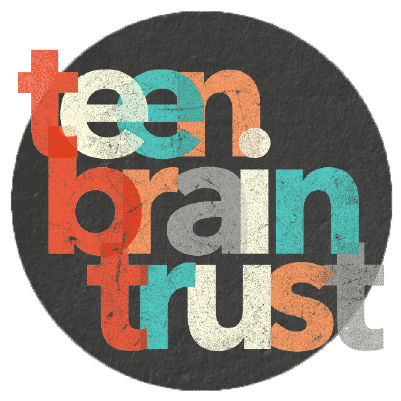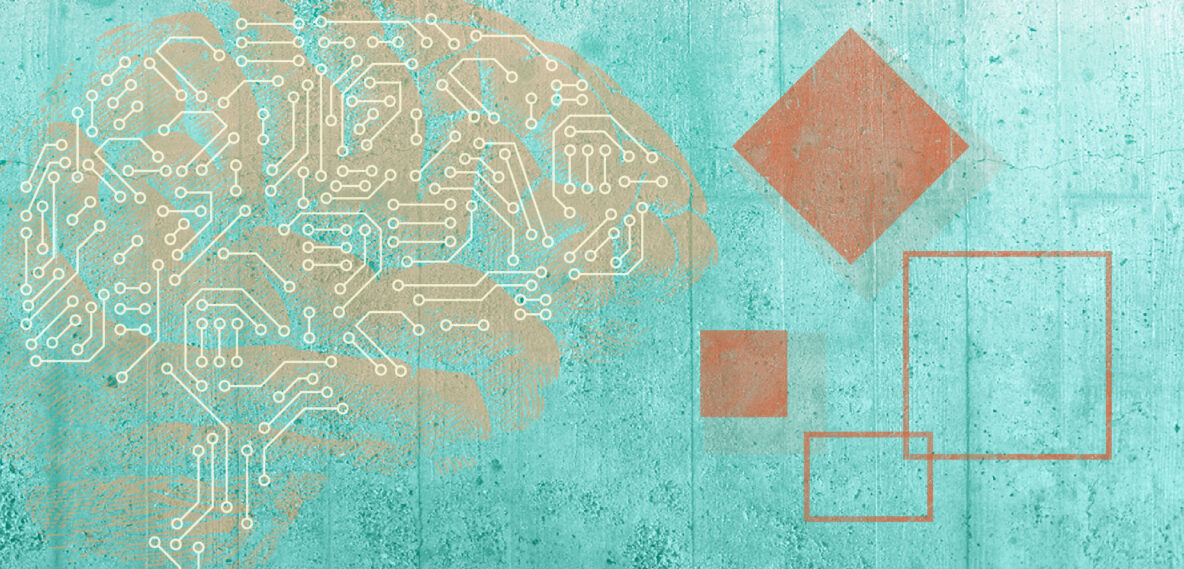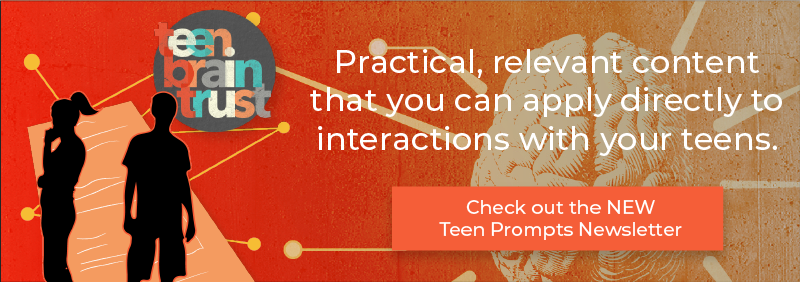[5:00 minutes to read]
Schemas help us process and understand the barrage of information we are subjected to every day.
In 1932 Frederic Bartlett conducted a study called ‘War of the Ghosts’, which is a very dramatic name for a cognitive psychology study. It eventually became one of the most famous cognitive psychology experiments of all time.
In his study, which took place at Cambridge University in England, Bartlett recited a Native-American folk tale to each of his participants. Then he followed up with each participant several times and asked them to recite the story back to him.
As expected, the story became shorter on each retelling as people forgot or consolidated details. The juice though is in what Bartlett did not expect.
Not only were details forgotten and omitted but they were changed to reflect the participants’ understanding of the world. Cultural details in the story that didn’t make sense to the participants were altered to fit inside a British cultural narrative. For example, a part of the story when characters went out to hunt seals was altered in the retelling and became a sailing expedition.
This study gave birth to the concept of schemas, the idea that the human brain operates within a framework of thought patterns, preconceived notions, and assumptions when it perceives and interprets new information.
If you’re a human being, it’s natural for you to create schemas around what things are and how they work. If we didn’t then we’d go through life encountering everything and situation as if for the first time, with none of our previous experience to back us up. It would be an incredibly inefficient way to live.
Schemas: the idea that the human brain operates within a framework of thought patterns, preconceived notions, and assumptions when it perceives and interprets new information.
This type of schema is called an ‘object’ schema. It can apply to anything from birds to buildings to phones to Christmas trees (If you saw a palm tree decorated with Christmas lights you might have to look twice. Your schema for ‘palm tree’ and for ‘Christmas tree’ probably don’t overlap so if you saw a palm tree decorated for Christmas your brain would need to take extra time to process this information.).
There are many types of schema:
- Social: How to behave in different social situations
- Object: What is a ‘house’, a ‘car’, a ‘city’, what is ‘food’
- Events: How does ‘buying coffee’ work, what happens at a ‘party’
- Self: Who am I, How do I dress, What kind of music do I like
- Racial: People who belong to this race are all a certain kind of way
- And more.
These schemas play a really big role in our day to day life and decision making. They dictate what stores we shop at, what kinds of people we hang out with, and what kinds of information we pay the most attention to.
We form our schemas based on the experiences we have in our lives but once they’re formed they tend to stay pretty rigid. The older we get the more rigid and unchangeable our schemas become. In other words, it takes a lot to change a mature schema, schemas often refuse to change even in the face of direct, contradictory evidence.
As you can imagine this inability to change schemas can cause a lot of problems.
Before we go down that road however it’s important to recognize that schemas develop for a reason and are intrinsically helpful.
- People learn information more readily when it fits into their existing schema
- Schemas simplify the world and help us to understand it
- Schemas allow us to think quickly, especially when we’re presented with rapidly changing information because we don’t need to spend a lot of time interpreting it
On the flip side, schemas often change the way we interpret new information. If we receive information that DOESN’T fit into our existing schemas we will naturally change or distort it so that it fits (just like Bartlett’s participants did with War of the Ghosts). In extreme cases, our schemas can cause us to disregard information entirely if it doesn’t fit.
In this way, some of our schemas prevent us from seeing the way the world really is. This, combined with schemas’ reluctance to change makes for an unhealthy combination.
This can have consequences ranging from the very dangerous (an armed police officer has a schema in which black men are dangerous and threatening) to the mildly inconvenient (I want to lose weight but I have a schema that says junk food is a good reward for hard work).
Cognitive Behavioral Therapy refers to the unhelpful and unhealthy parts of our schema as ‘cognitive distortions’ and has a whole host of tools and techniques to help reframe these distortions so they can influence us in a positive way. We have a more in-depth article on different kinds of cognitive distortions that you can read here.
*Note: Because ‘schema’ is a technical term and not everyone knows what schemas are, we often refer to them in our other articles, videos, and courses as ‘thought patterns’.
by Robin Friend Stift - Co-Creator & Lead Course Designer for Teen Brain Trust
and Dr. Dana Dorfman - Lead Advisor for Teen Brain Trust | visit site
Share this Post



